China is the biggest source of foreign investments in Southeast Asia's clean energy sector, helping the region to reach its decarbonization goals, a regional webinar heard on Tuesday.
Analysts also noted that China can serve as a role model for members of the Association of Southeast Asian Nations which are also pursuing their respective green transition goals in line with their commitments to the Paris climate pact.
Sharon Seah Li-Lian, a senior fellow of the ISEAS-Yusof Ishak Institute in Singapore and coordinator of the ASEAN Studies Centre and Climate Change in Southeast Asia Program, noted that with the US retreating from the Paris climate treaty, China is "providing greater leadership" in global climate issues.
Seah said China has "benefited economically and strategically" from its green transition and how the country's environment-friendly regulations and subsidies supported economic growth while promoting the adoption of renewable energy.
"This is very encouraging, because for the developing economies of Southeast Asia to be able to take learning points from China's example would give them a lot of confidence to continue pursuing the green transition agenda," she said.
Seah noted ASEAN's underrepresentation in international climate initiatives. She called for increased regional participation and cooperation to enhance ASEAN's climate ambition.
The latest report by global think tank Zero Carbon Analytics, or ZCA, revealed that China has invested over $2.7 billion in clean energy in ASEAN between 2013 and 2023. China also led in clean energy trade with ASEAN, with trade valued at $4.3 billion on the back of strong exports of electric vehicles, batteries, solar modules and wind components.
Other key findings of the ZCA report include the need for $27 billion annually to meet ASEAN's renewable energy demand and the importance of targeted investments in clean technologies like electric vehicle batteries, solar modules, and wind turbines.
Amy Kong, ZCA's oil and gas researcher, said in the webinar that while Japan leads in geothermal and solar investments, China leads in wind and hydropower. Overall, hydropower received the highest amount of investment at $2.3 billion. But Kong said hydropower alone is not going to meet future energy demand in the region.
"What is the next frontier? Well, we know that for solar, for instance, the localized cost of electricity is cheaper than both coal and combined cycle gas turbines as of 2024 and with nascent technology like floating solar PV, there's room to scale quickly," Kong said.
The China-initiated Belt and Road Initiative also supports climate and renewable energy investments in ASEAN. According to Chin Yu Sun, a senior researcher at ZCA, their research showed that while renewables only accounted for less than 5 percent of BRI investments in 2014, that share has increased to 30 percent by 2024.
Dinita Setyawati, a senior analyst of global energy policy think tank Ember, said policymakers in the region are also worried about the intermittent supply of solar and wind power. But she said the region can maximize all of these solar and wind potential and make it suitable by matching the supply and demand from the consumers.











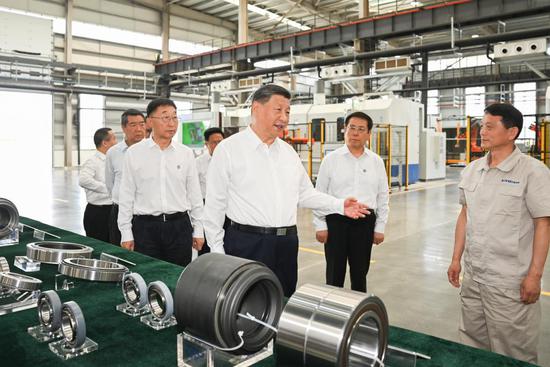
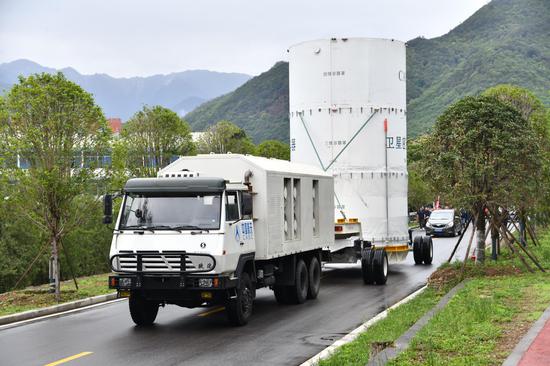








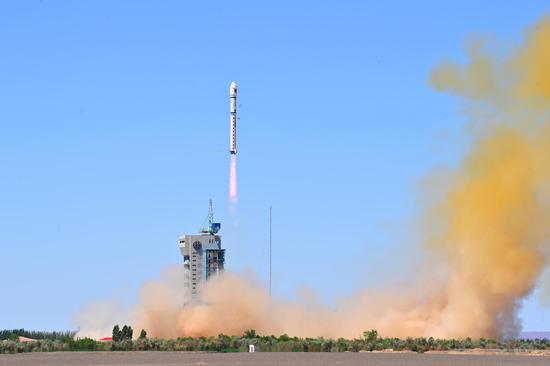
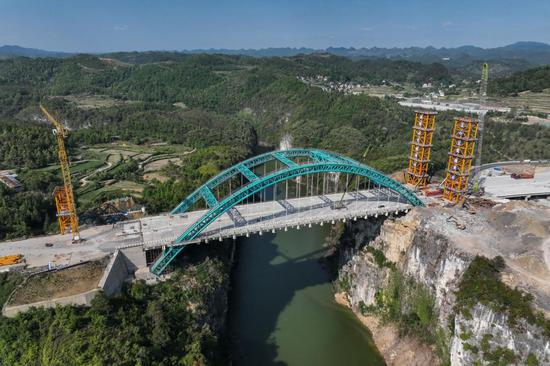
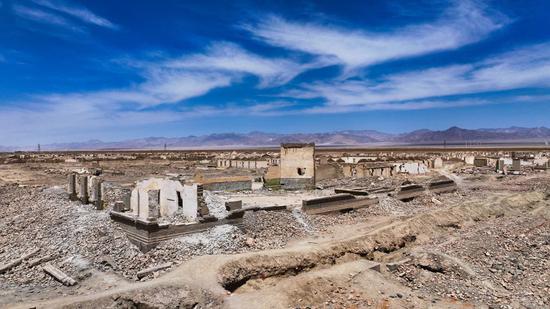
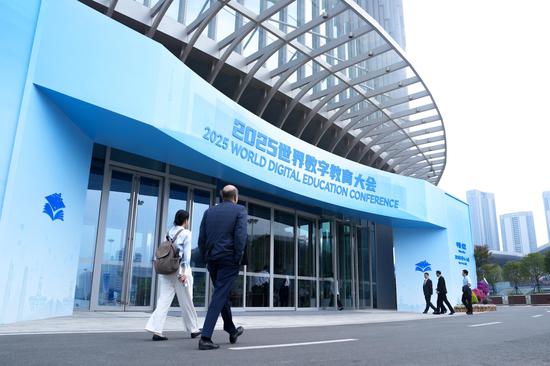
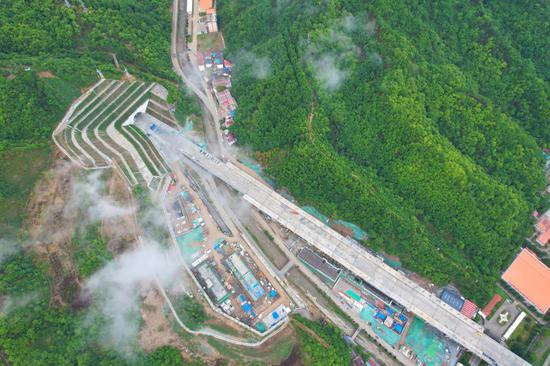


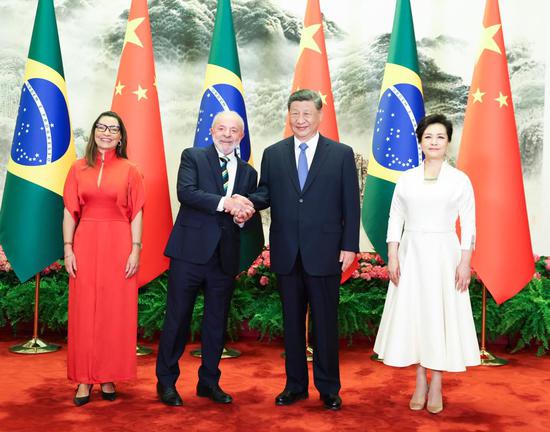
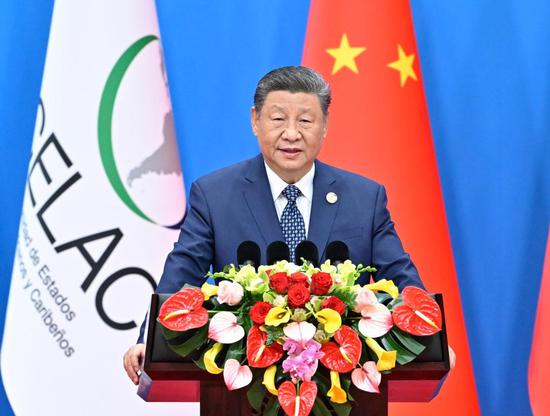



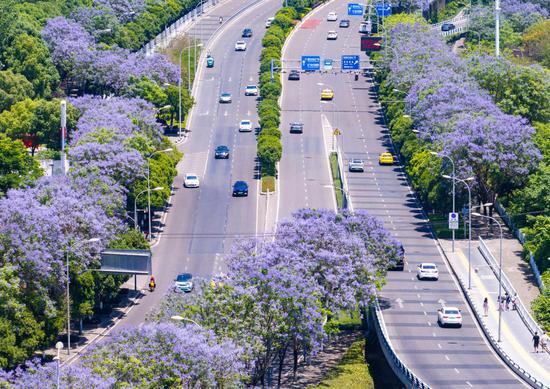
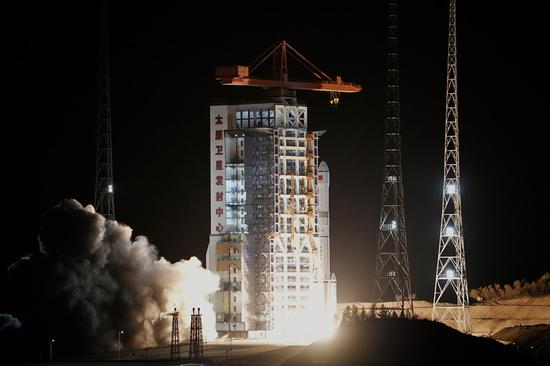





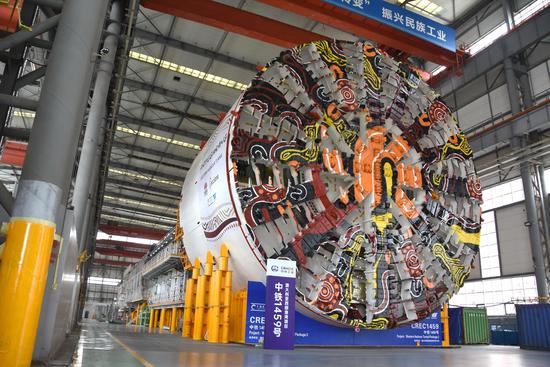
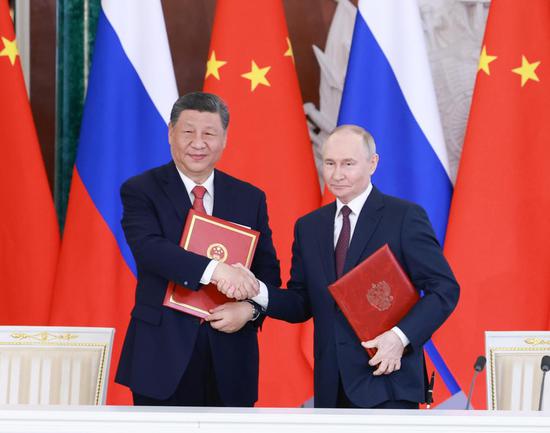

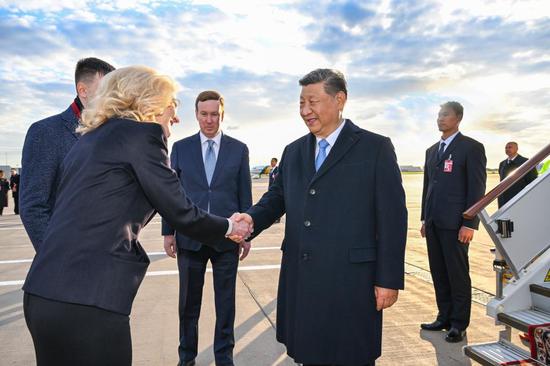




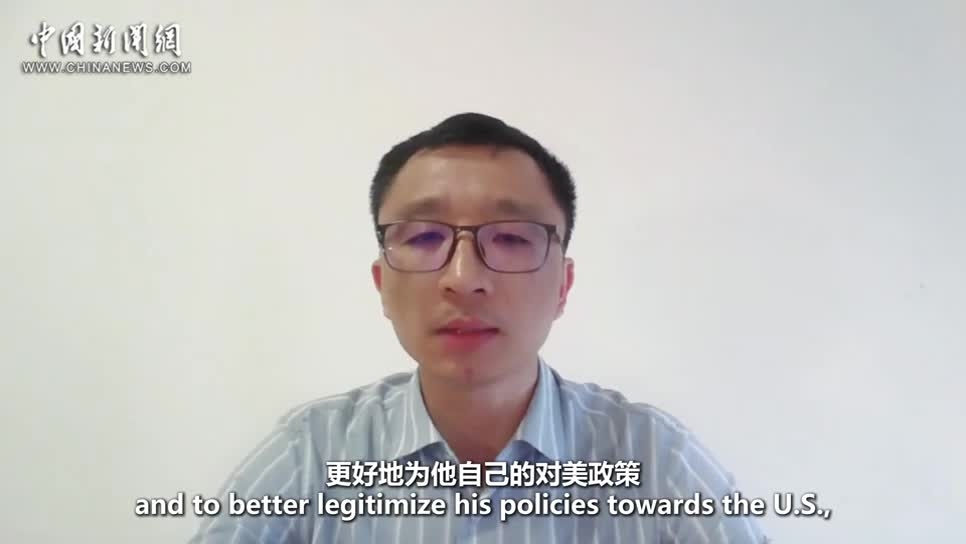

 京公網安備 11010202009201號
京公網安備 11010202009201號